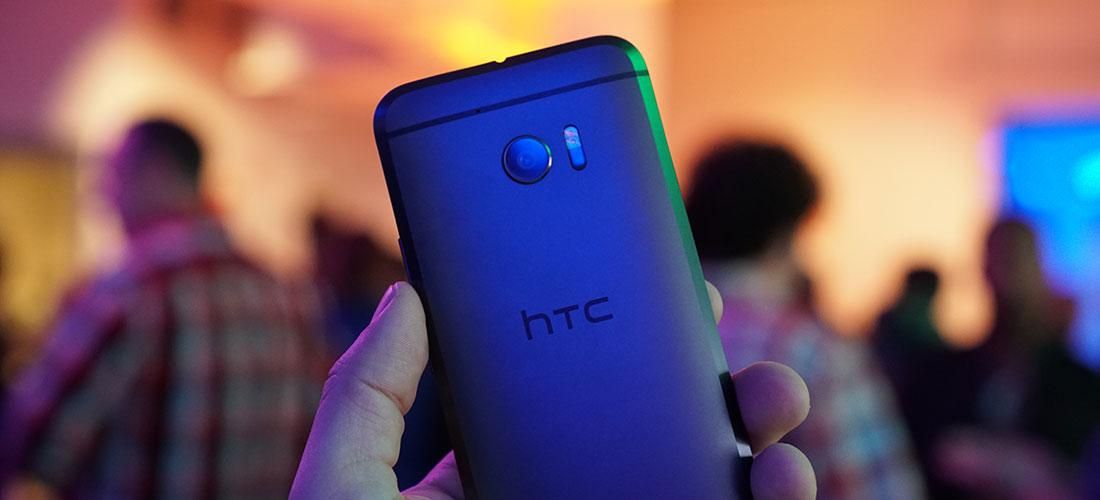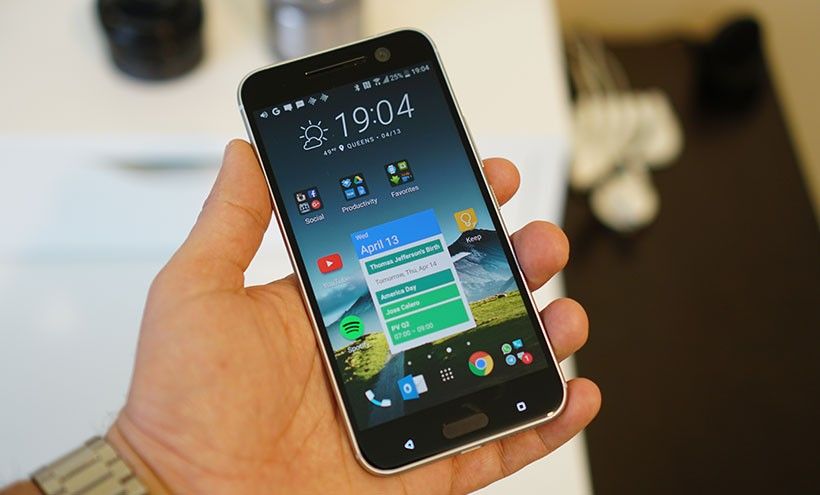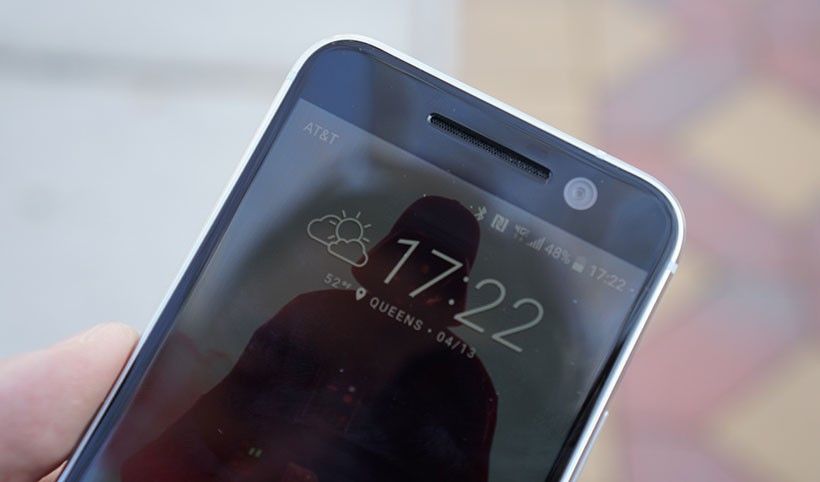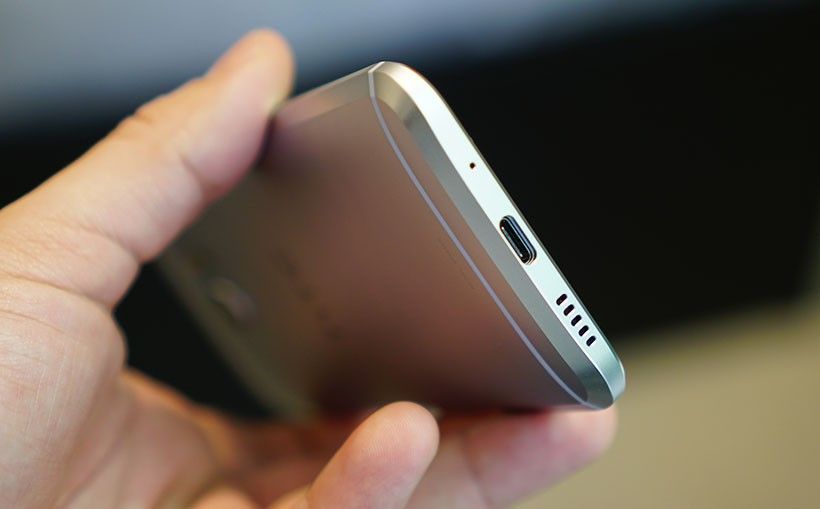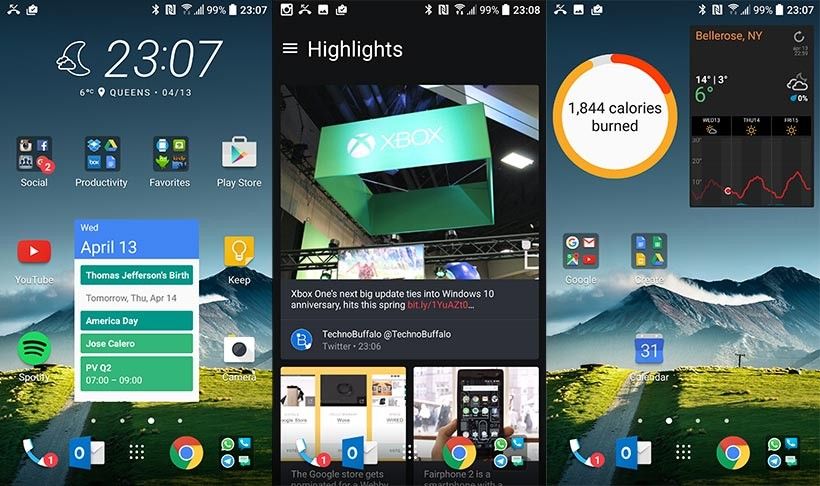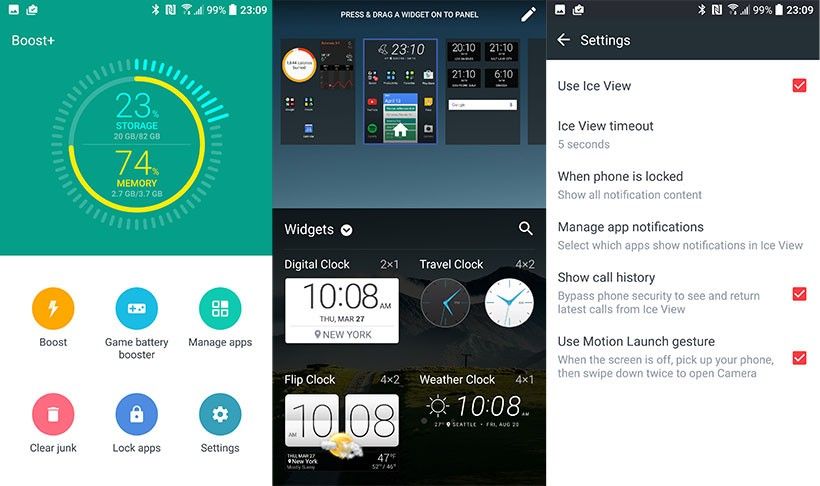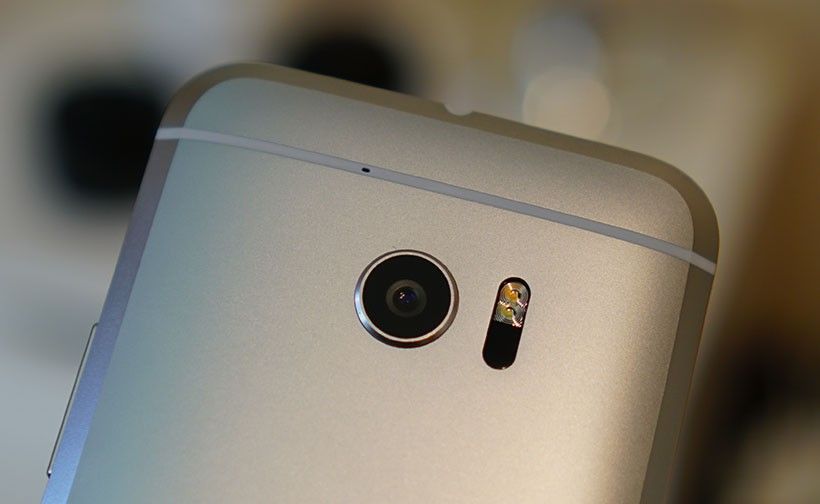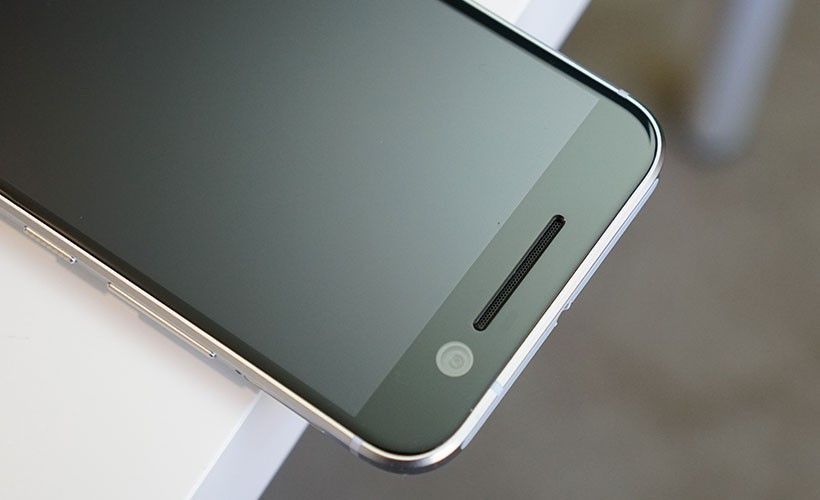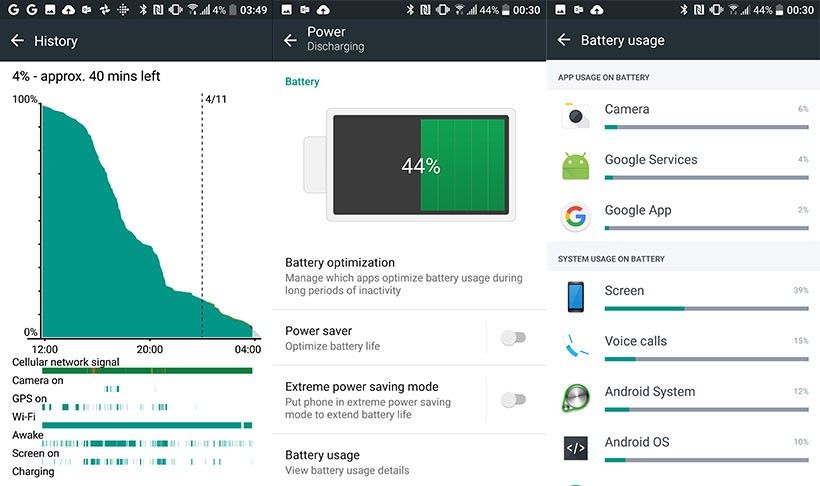There’s no such thing as the perfect smartphone. Even if a company were to stack its latest flagship with all the hardware that today’s technology can offer, it doesn’t guarantee that it’ll serve everyone the same purpose. Fact of the matter is that even perfection is subjective, as my needs are definitely different to your needs.
Still, HTC has decided that it wants to launch a perfect 10. During our briefing, one of the masterminds behind the new flagship told us how important this smartphone is to them. It’s not just about rescuing a company that’s been struggling to achieve the success it once had in mobile, but really about launching a product that truly embodies what HTC has stood for in the past.
In a way that’s true. If you’re new to the smartphone world, the last two years would not do HTC justice. The company we could once count on for design innovation and quality fell into a downward spiral that made it lose focus. 2015 was about re-invention, with many internal changes that gave the company a new breath in both focus, and scope. Products like the HTC Vive, or the UnderArmour Health Box are just a few examples, but the company’s roots are still planted in mobile.
The leaks were enough for us to be skeptical about the HTC 10. I was the first to believe that the things I saw only pointed to an HTC that continued to be lost. All that changed during the presentation. It changed even more when I held the HTC 10 for the first time. I was wrong. This is a new HTC, and the 10 is a clear example of where things are headed:
Video Review · Hardware · Software · Camera · Performance
Pros/Cons · Pricing/Availability · Conclusion
HTC 10 Review Video
HTC 10 Hands-On Video
Hardware
The new design is being dubbed as an “Iconic Silhouette” sculpted by light, as to refer to the brand new chamfers. Those looked kind of ugly in the leaks, but once in the hand, it’s hard to take your eyes off of them. This is a satin blasted surface that reflects light differently depending on the angle you hold the phone. The 10 feels incredibly solid in the hand, hinting to a product that can take a good beating, and HTC claims that it went through 10,000 hours of drop tests and 168 hours of extreme temperatures to achieve it.
The 2.5D Gorilla Glass 3 then accentuates the finish at the top, with elements like the matte fingerprint scanner only helping it stand out. The side buttons are also clickier than in past iterations, and that firm feel also extends to the removable trays on the sides. This phone is a beauty in looks, and feels like a beast that can take beating, following the design legacy we admire from HTC.
The story doesn’t end there. The 10 is actually IP53 water resistant. It may not be enough to get this phone submerged, but should come in handy if you’re caught in the rain.
Dazzling the view is a new 5.2-inch Super LCD 5 that’s now Quad HD. As with every LCD, blacks aren’t the deepest, but this is probably the best LCD display I’ve seen this year. Color accuracy is top notch, and brightness is good enough even for direct sunlight. HTC has also decided to return to capacitive keys at the bottom, meaning the display is fully used for content consumption. The buttons include software tweaks to toggle the menu button with a hard press, and you can also select these to remain active along with the display.
Other changes include the demise of HTC’s IR blaster, which is now replaced to the headphone jack mounted at the top.
And while we’re talking audio, the most interesting change came in a new approach to BoomSound. We have built in DAC for studio-quality 24-bit hi-res audio, but instead of two front firing speakers, we have a tweeter at the top, and a woofer at the bottom. Sound is very crisp, though loudness depends on the content, where you’ll probably notice that theater mode isn’t as loud in YouTube, then audio when playing music. Still, I love that covering the bottoms speaker won’t muffle the experience entirely.
BoomSound continues to support Dolby Audio – it now extends to enhance all apps on a system wide level – and you can even set personal audio profiles for when using headphones. Sadly US customers won’t receive the Hi-Res audio headphones in the box, but I highly suggest you give them a try.
Powering the show is a Snapdragon 820 processor matched with 4 gigs of RAM and 32 gigs of storage that’s expandable via microSD. Tweaks to the display include responsive times of up to 120 milliseconds, and software enhancements to boost app launch times. The result is a very fluid experience, with a phone that hasn’t bogged down, even after loading it with 160 apps. The same experience extends to graphics intensive games, with fast load times, and speedy performance all around. The aluminum gets a little warm after the first 10 minutes of gameplay, but nothing that would hinder gameplay.
Overall, the HTC that spent two years cutting corners is gone. There’s no such thing as compromise in the hardware department.
Software
Responsiveness is the company’s new approach to software. If you dig within the settings, you won’t even find the version of Sense. HTC is calling this a unified and polished user experience, and has joined forces with Google to fight fragmentation.
It starts with eliminating bloat. HTC has decided to ditch duplicates in the software and pick the best of both worlds with stock Android. So, instead of two calendar Apps, there’s just Google Calendar. Instead of two Camera apps, there’s just HTC’s Camera. Instead of two Galleries, there’s just Google photos. We like that HTC kept the launcher, since it continues to be one of the most polished, with the best widgets, and great theming capabilities. HTC just needs to take a full step into taking advantage of Quad HD with a denser grid for the icons on the home screen. Instead the company devised a new freestyle theme that lets toggle elements within as app launchers, and you can also place app icons anywhere you want. The idea is rather good, but only my kids like the existing themes.
Blinkfeed is back with faster response times, but if it’s not your thing, it’s still removable. HTC Connect has also received some interesting enhancements by now supporting Apple’s AirPlay out of the box, a first in Android.
Now even with the launcher being HTC, apps have now adopted a closer look to material design, which we praise as it unifies the experience across HTC and Google apps. With HTC’s commitment to 15 days of software updates, the new changes will only make the process easier for the team in charge.
HTC also includes a new Boost+ service that should be available to all Android phones soon. In a nutshell it helps you quickly boost your phone’s performance by eliminating bloat and unnecessary cache in a few seconds, something very useful.
To complement the software HTC continues to support lock screen gestures, and there’s a new Ice View case to take advantage of them. The back is now of a flexible silicone, making it easier to place and remove, and instead of the funky dot matrix icons, things are now easier to read. Double slide down and you’re greeted by the camera view finder, which then boots the display for visibility on your photo.
Camera
During the presentation, HTC claimed that it had prepared a “world class imaging experience.” In real life, the camera experience is where things are almost there. HTC has spent years calling its cameras revolutionary, but with specs that didn’t meet the standard. Today the hardware is finally there thanks to a 12-UltraPixel camera with f/1.8 aperture and optical image stabilization. By UltraPixel we mean that each pixel is of 1.55 microns and 3 times faster focus than its predecessor. Photos during the day are gorgeous with deep color saturation and contrast. The new user interface is simplistic, and includes quick access to different modes that include Pro feature for full manual controls.
The only problem is actually something that HTC can fix. The software seems to need a little more tweaking in the focusing front. The camera acknowledges focus through a green indicator and sound, but the camera hasn’t really focused 50% of the time. During the day this isn’t really a problem, but at night the software fumbles a lot.
That said, two software updates we’ve received recently have made this camera very snappy at night, and low light photos are on par with the likes of competitors in low noise and color reproduction.
The 5-megapixel selfie shooter is also of 1.34 microns, all tucked under an 86-degree wide angle lens. The results are great, and that’s mainly because this is the first selfie camera to include optical image stabilization.
That combo of OIS in both cameras is evident on video. This would be the perfect vlogging camera thanks to that, and even though the stabilization isn’t as aggressive as on the Galaxy S7, it performs far better than average.
Overall the hardware is all here, and now it’s just up to HTC to tweak it enough to be a perfect 10.
Gallery
Performance
We’ve tested the HTC 10 for 9 days in New York City. As with previous devices

